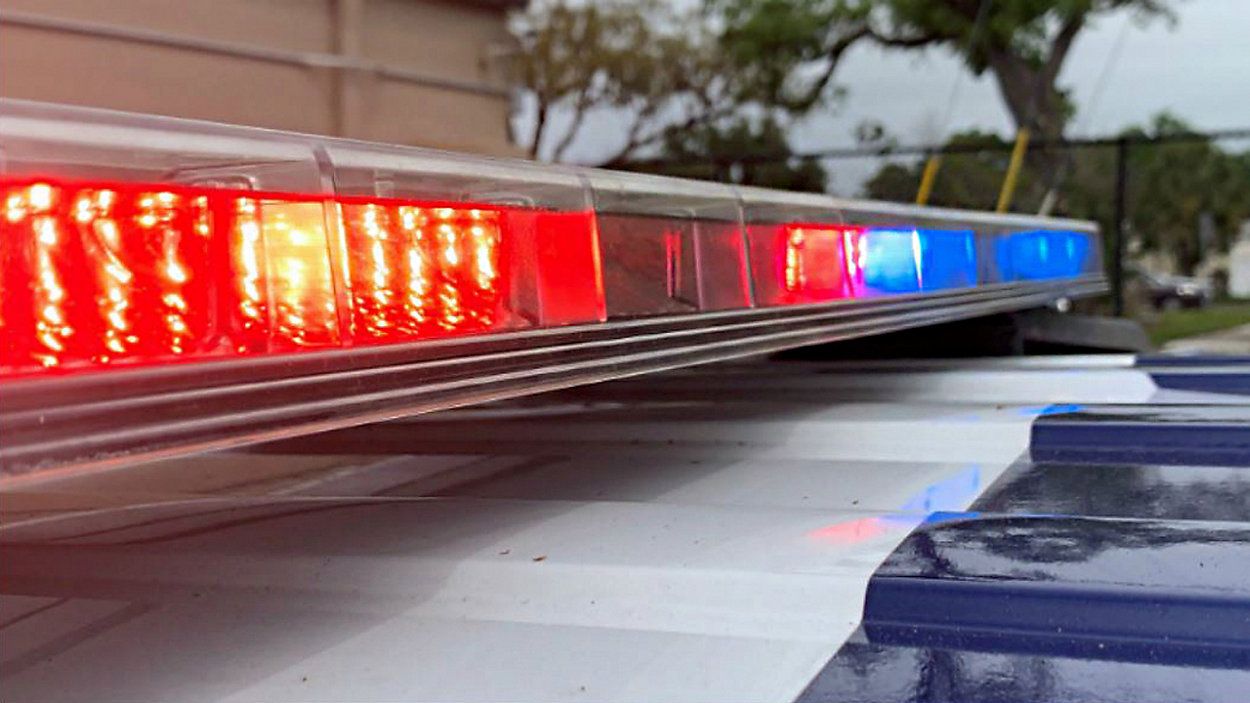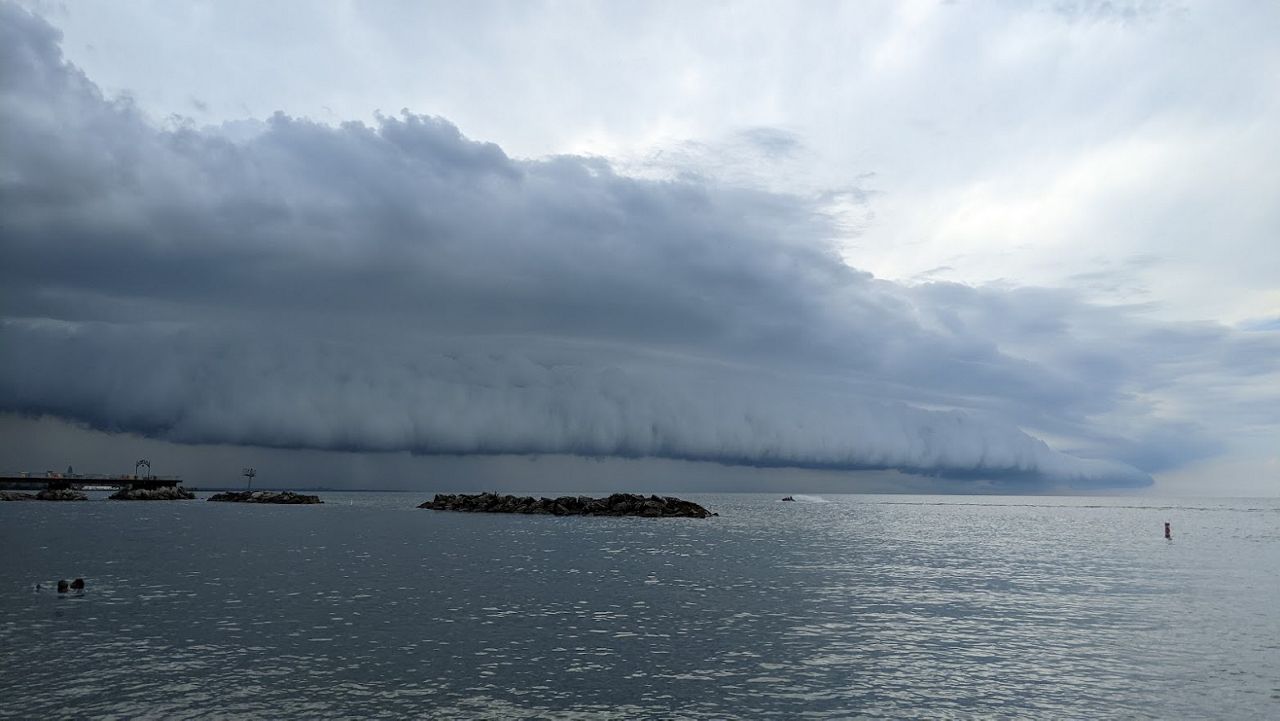OHIO — Whether it's chanting, marching, gathering, or speaking, protests can take on many forms, but they all have a similar purpose, to demand change.
“All of us who are involved are angry about what's going on,” said Madison Tracy, the lead organizer of the Columbus 50501 protests. “We are in a constitutional crisis right now and we are also in a human rights crisis right now.”
The 50501 movement is a group that opposes President Donald Trump and his policies and has organized demonstrations all over the U.S.
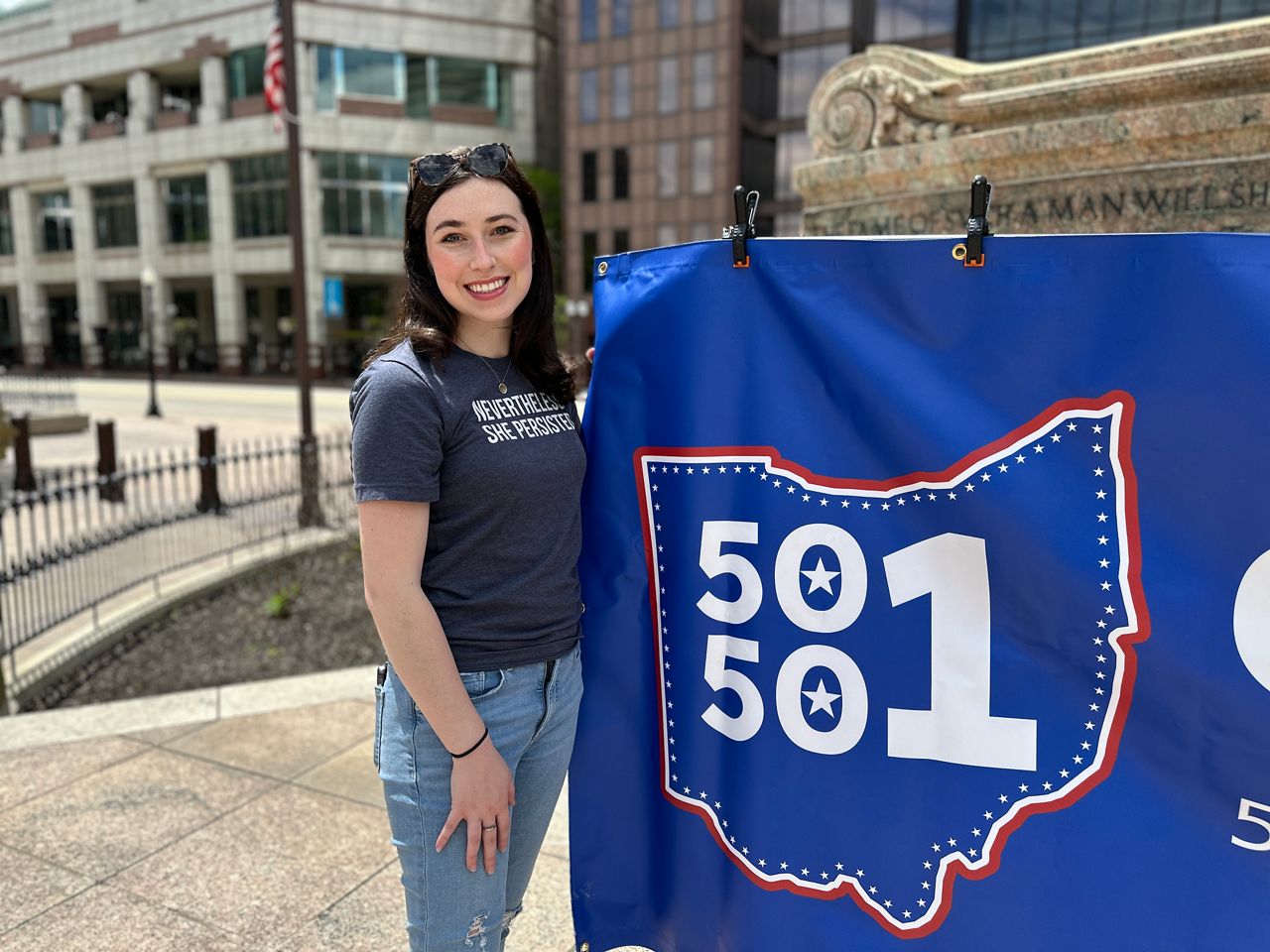
“We’re already seeing change. I think whether it’s the town halls that Republicans are holding and they’re getting a lot of pushback in those town halls. We’re seeing language among congresspeople change,” Tracy said. “At our height on April 5th, we saw 57 cities and towns across the state of Ohio protesting. If you think about that, the majority of those cities and towns are in red areas, are in rural red districts and some of those cities and towns had never had a protest before. And so we are making change.”
From large marches and rallies, to sit-ins, encampments, strikes and boycotts, protests have been around for centuries. Some are peaceful, others violent. They’re all visual acts of disapproval. But what do they actually do?
“Protesting is one of the most powerful components of a social change framework that we have,” said Erynn Beaton, an associate professor of Public Affairs at The Ohio State University.
She said protesting is a hallmark of democracy.
“It can educate the public and raise awareness among the public. It can send a message to policymakers about how the electorate feels, and it can move people toward greater action,” Beaton said.
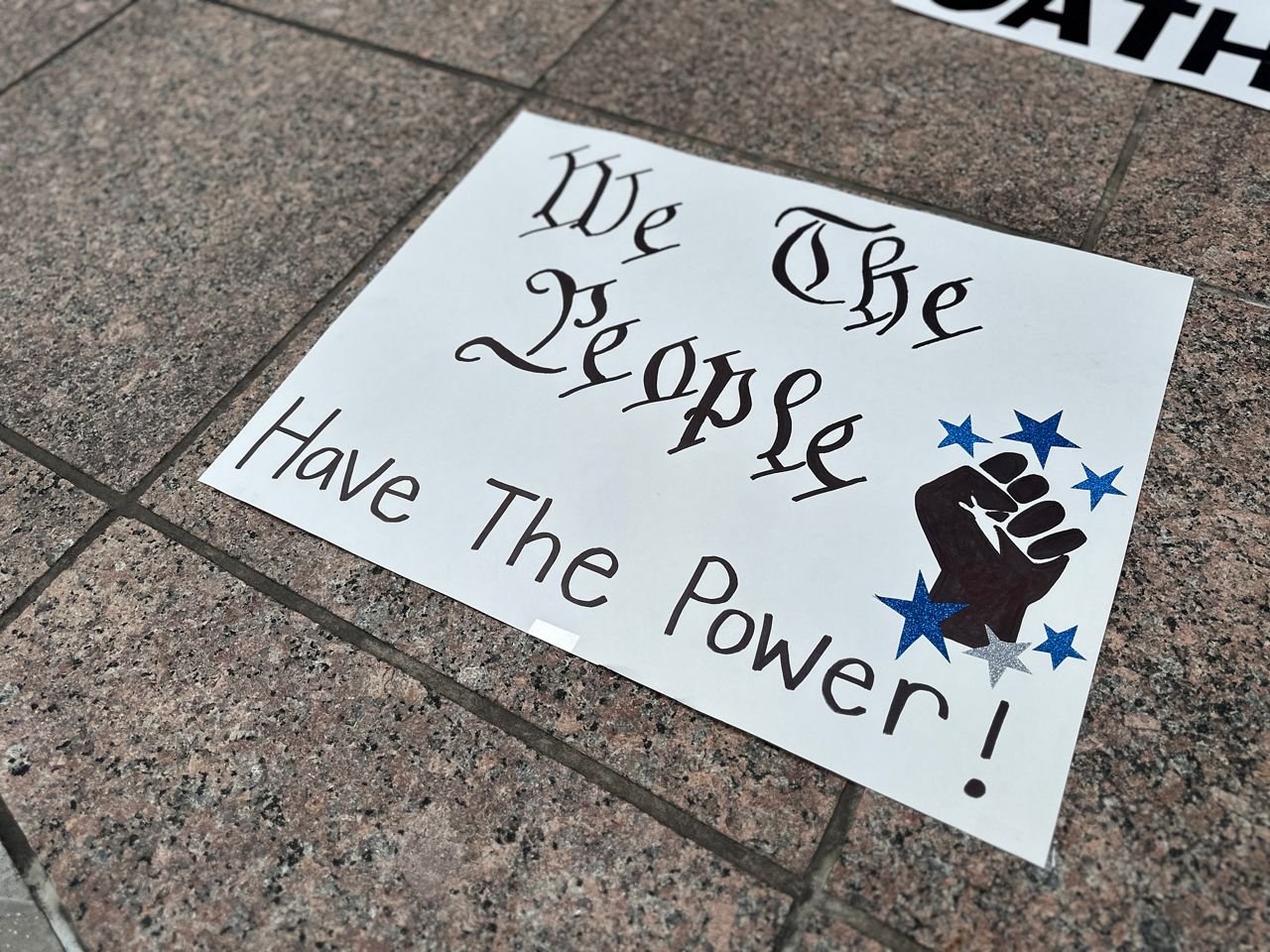
Everyone wants to be on the right side of history, she said, but everyone’s views about what is the right side of history are different. Protests come from both sides of the political aisle.
Whether it’s the Boston Tea Party in 1773, movements from civil rights, abolitionist, women’s suffrage, gay rights and Black Lives Matter or rallies pushing to end abortion and COVID-19 restrictions, she said they can lead to changed laws and shifted minds, but it takes time.
“We almost never see change happen in the moment,” Beaton said. “Protest is part of a larger strategy. It’s just one tactic. They have to be conducted alongside other types of actions, over a sustained period of time.”
Beaton said in order for protesting to be successful, it needs to be coupled with other modes of action like lobbying, calling lawmakers, litigation, keeping the pressure on and having true calls to action. Often at a protest, she said the organizers give attendees calls-to-actions.
In order for a protest or movement to be successful, she said they have to have specific demands for policymakers. If they don’t, she said a protest can end up being like the Occupy Wall Street protests in 2011 which intended to raise awareness about economic inequality, corporate greed and capitalism, but ultimately failed because they lacked clear, specific demands and continued momentum.
When we think about some of the most effective protests, or at least the most memorable protests, she said they’re often very large and disruptive and they might include acts of civil disobedience in order to gain attention.
“If members of a protest are marching in the streets, they might be looking to gain attention, awareness, but they also might be looking intentionally to disrupt traffic, for example, to be able to show or signal to policy makers and to others across the country that there are a lot of people that feel this way and they have the capacity to disrupt society as usual. That can be very powerful,” Beaton said. “People need to be disruptive and show that they can make society shut down. So, for example, withholding labor is a way that activists are sometimes able to be disruptive. People have to withhold the resources that they have.”
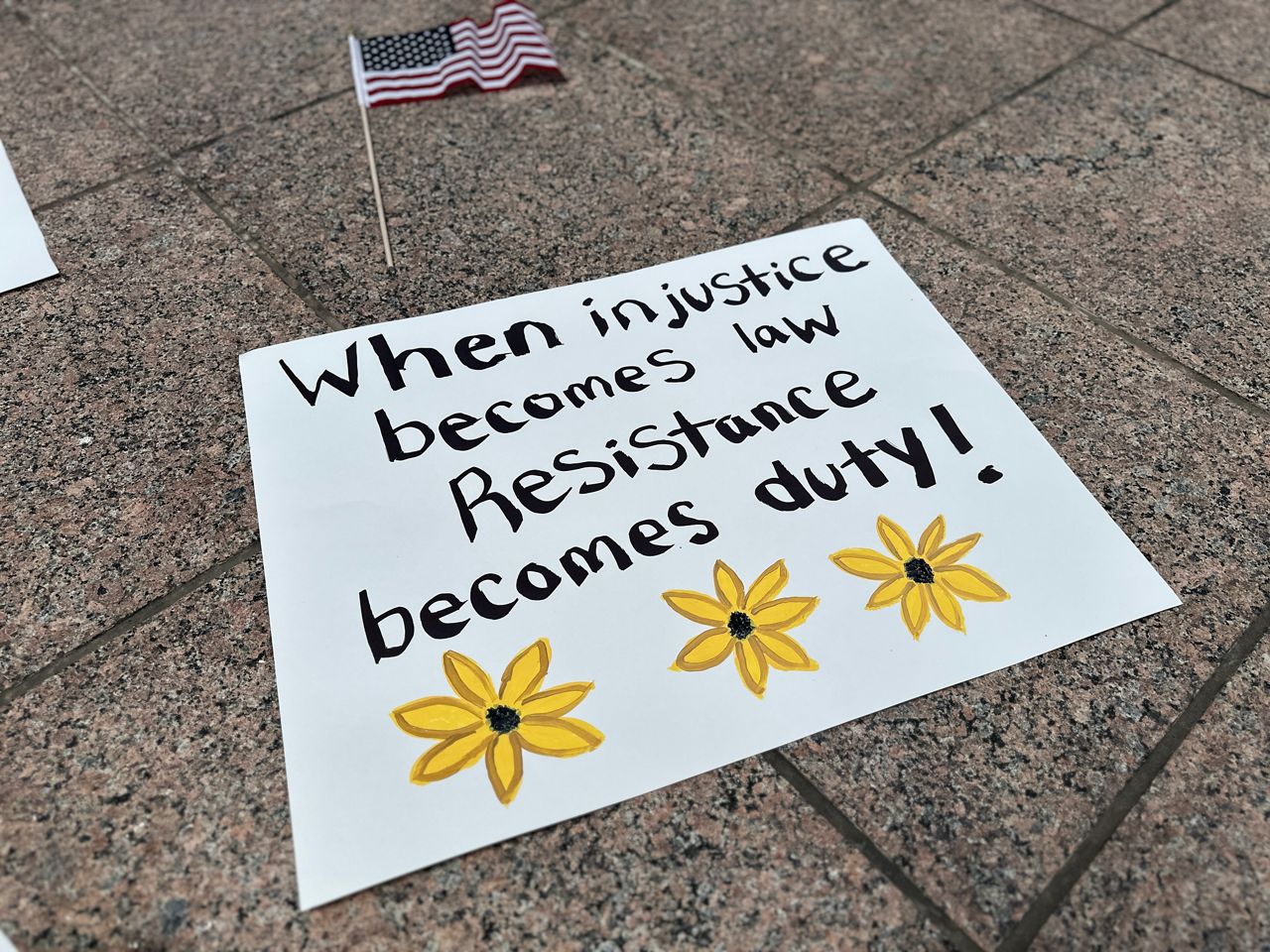
She said history shows peaceful protests are more effective than violent protests, but civil disobedience is not the same as violence.
“Martin Luther King argued that it’s our duty to break unjust laws,” Beaton said. “So when Rosa Parks sat in a ‘whites only’ section during the Montgomery bus boycott, that was an act of civil disobedience. The rationale was not just that it was going to get attention. The idea was that this law is unjust, and so it should be broken. Yes, of course, those protesters, as Martin Luther Luther King pointed this out, need to be prepared to suffer the consequences of breaking those laws, but still we have a duty to break them.”
Even though change may start off small, Tracy said to many protestors, some change is better than no change at all.
“We’re fighting for, I mean, everyone in the past who has stood up for this country to fight,” Tracy said. “We’re fighting for past, present, future. Because if not us, then who? And if not now, then when?”







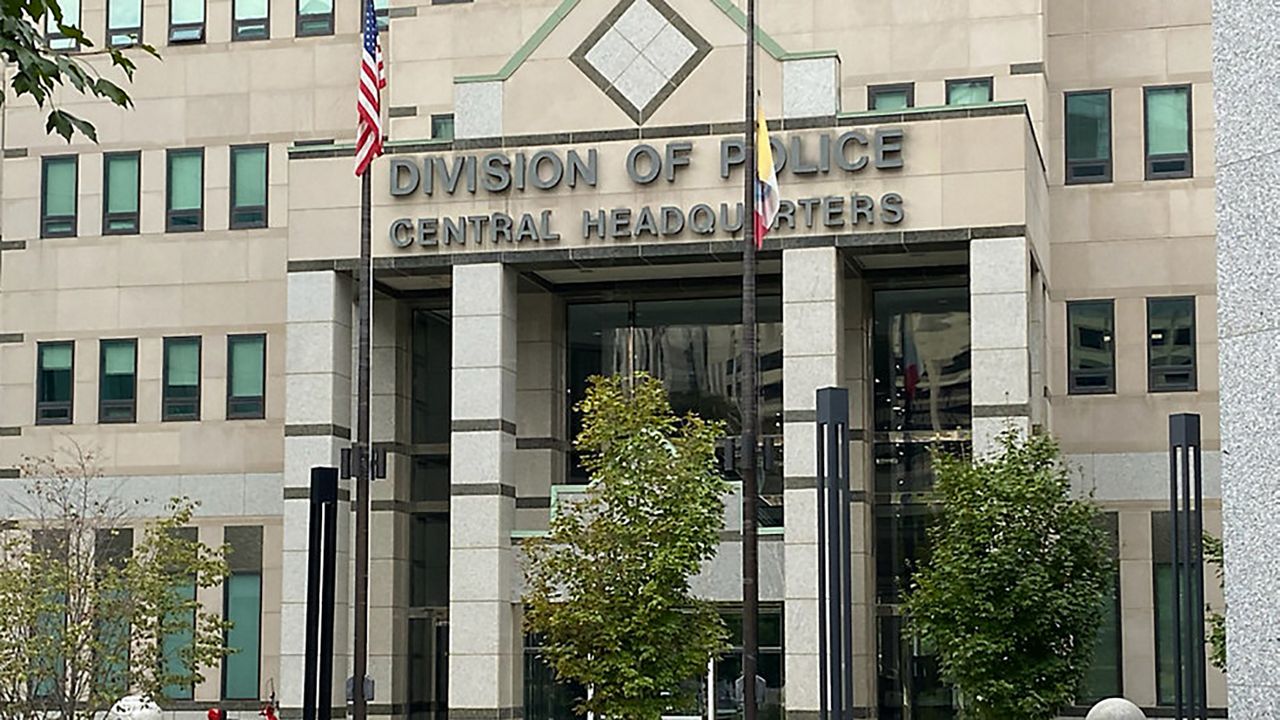
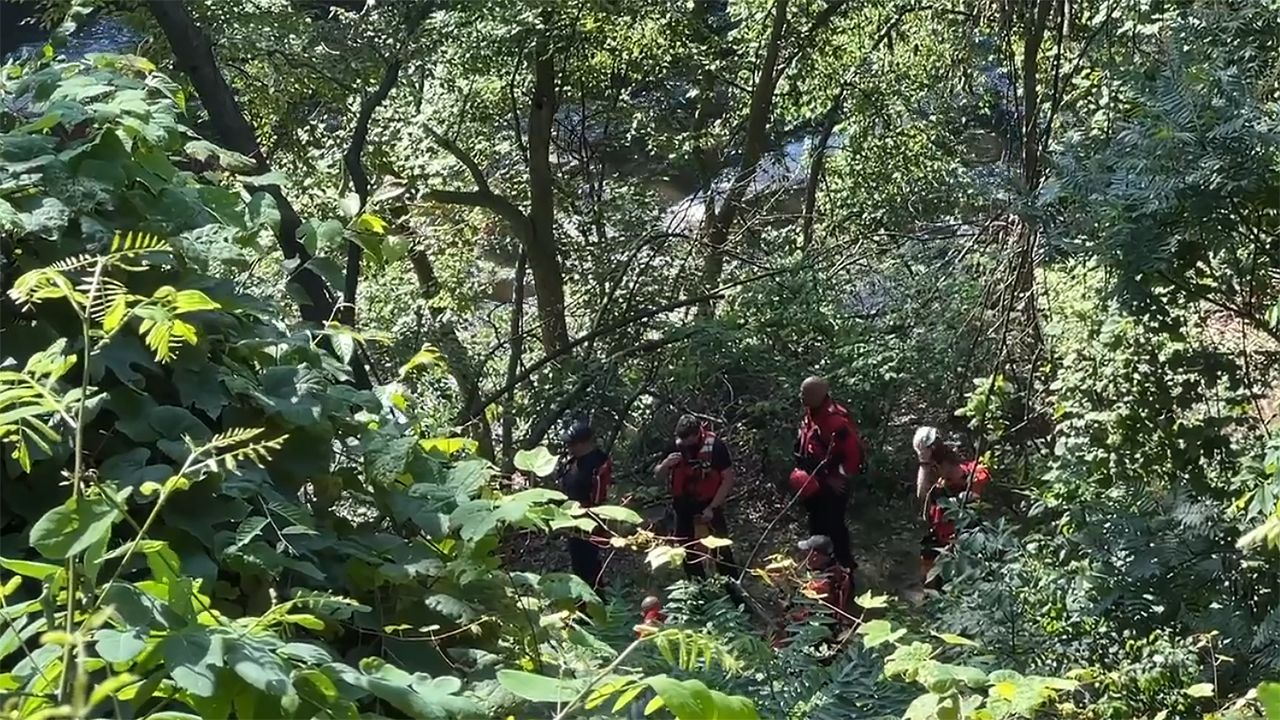
)
